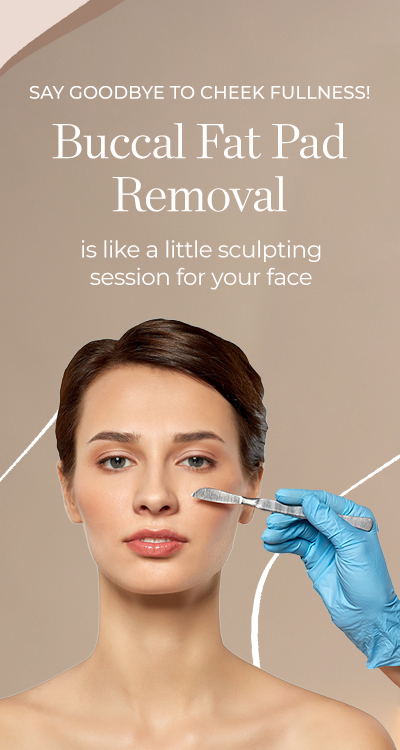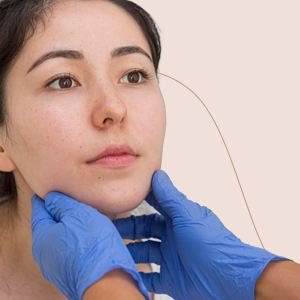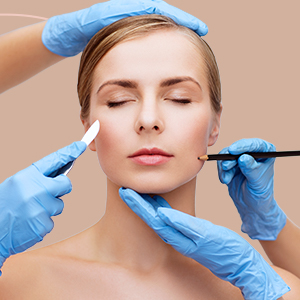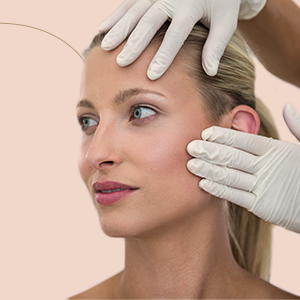

At A Glance
| End Result: | After 2 weeks |
|---|---|
| Socially fit: | After 2 days |
| Fit for desk work: | After 2 days |
| Surgery: | Local anaesthesia |
| Risk: | Low |
| Pain: | Low |
| Active exercise: | After a week |
| Inconveniences: | Initial swelling and redness for a few days, liquids and soft foods only for 3 days, avoid hard foods like nuts for a week |
What is Buccal Fat Pad Removal?
Buccal fat pad removal, also known as buccal lipectomy, is a surgical procedure aimed at reducing fullness in the cheeks by removing a portion of the buccal fat pads located in the lower cheeks. The buccal fat pads are natural structures composed of fatty tissue located beneath the cheekbones and play a role in facial contouring. During buccal fat pad removal, a small incision is made inside the mouth, and a portion of the buccal fat pad is carefully excised. This results in a slimmer, more sculpted appearance in the lower cheeks and can help create a more defined facial contour. Buccal fat pad removal is typically performed as an outpatient procedure under local or general anaesthesia and can be combined with other facial cosmetic procedures to achieve desired facial proportions and aesthetics.
If you’re considering buccal fat removal surgery in Mumbai, the city is home to several skilled cosmetic surgeons who offer this procedure with advanced techniques and personalized care. Buccal fat pad removal is typically performed as an outpatient procedure under local or general anaesthesia and can be combined with other facial cosmetic procedures to achieve desired facial proportions and aesthetics.



Why Buccal Fat Pad Removal?
Buccal fat pad removal is suitable for individuals who are bothered by excess fullness in the lower cheeks and desire a more contoured and sculpted facial appearance. Ideal candidates for buccal fat pad removal are typically in good overall health, have realistic expectations about the outcomes of the procedure, and are seeking to address concerns such as chubby or round cheeks that are disproportionate to the rest of their facial features. Individuals with naturally fuller cheeks due to genetics or ethnic background may also consider buccal fat pad removal to achieve a more streamlined and defined facial contour. For those exploring buccal fat removal surgery in Mumbai, the city offers access to experienced cosmetic surgeons and state-of-the-art facilities. Additionally, individuals seeking subtle facial enhancement without significant downtime or scarring may find buccal fat pad removal to be an appealing option.
